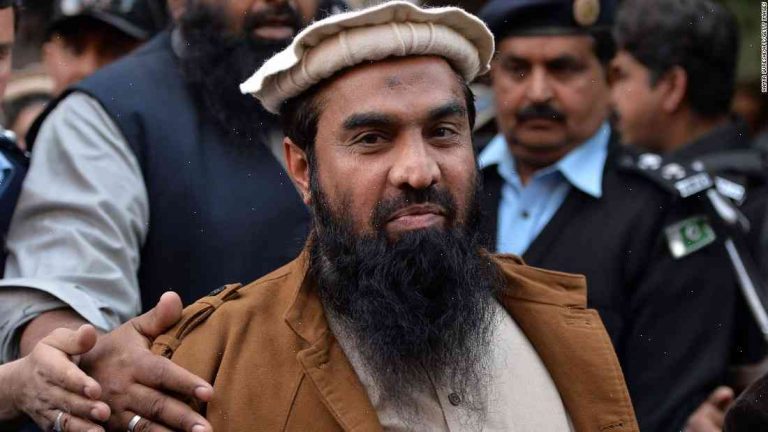The Mumbai terror attacks took place on Nov. 26, 2008. Over the course of three days, 11 people were killed by ten attackers armed with AK-47 rifles, grenades and hand grenades.
Here are the latest developments in the #Mumbai Terror Attacks as the attacks are the 10th anniversary of the attacks and nearly 2,000 people died in the siege of Mumbai – click here to read more: https://t.co/ffh0HlaYlb pic.twitter.com/aoX4BjoZjg — International (@IntlTimes) November 26, 2018
The intelligence agencies created a composite sketch of one of the suspected terrorists based on social media posts. The individual was based in Thane, a suburb of Mumbai.
At least a dozen people were killed and at least 180 injured in the church massacre on Dec. 11, 2008. In a statement, a person identifying himself as a member of al-Qaeda in the Indian Subcontinent (AQIS) claimed responsibility.
The 2009 verdict in the Azad Maidan bombing case, where another 160 people were killed, had stated that the Lashkar-e-Taiba (LeT) was responsible for the attacks, though Pakistan denied the claim and blamed India for the attacks.
Just over five years later, on Nov. 20, 2013, Pakistani Prime Minister Nawaz Sharif allegedly met with LeT chief Hafiz Saeed at a meeting in Muridke, Pakistan. At the same time, the United States imposed sanctions on people it accused of “supporting terrorism and supporting safe havens for Lashkar-e-Taiba.”
The first woman suspected of having carried out the Mumbai attacks was sentenced to death by a Mumbai court on Feb. 15, 2016.
Ten of the 11 people who were convicted of carrying out the attacks, carrying out roles including driving the car with the bomb, carrying out the shooting and possessing grenades. Sixty-one witnesses were called in the trial, and photos were studied to look for DNA as evidence.
Ten of the 11 people who were convicted of carrying out the attacks, carrying out roles including driving the car with the bomb, carrying out the shooting and possessing grenades. Sixty-one witnesses were called in the trial, and photos were studied to look for DNA as evidence. The second information which led to being found guilty of the India attacks was based on cellphone records. The phones were taken from them and forensic experts assessed them based on data.
The cellphones of the nine terrorists were either recovered, turned in or identified, or the SIM cards were replaced.
